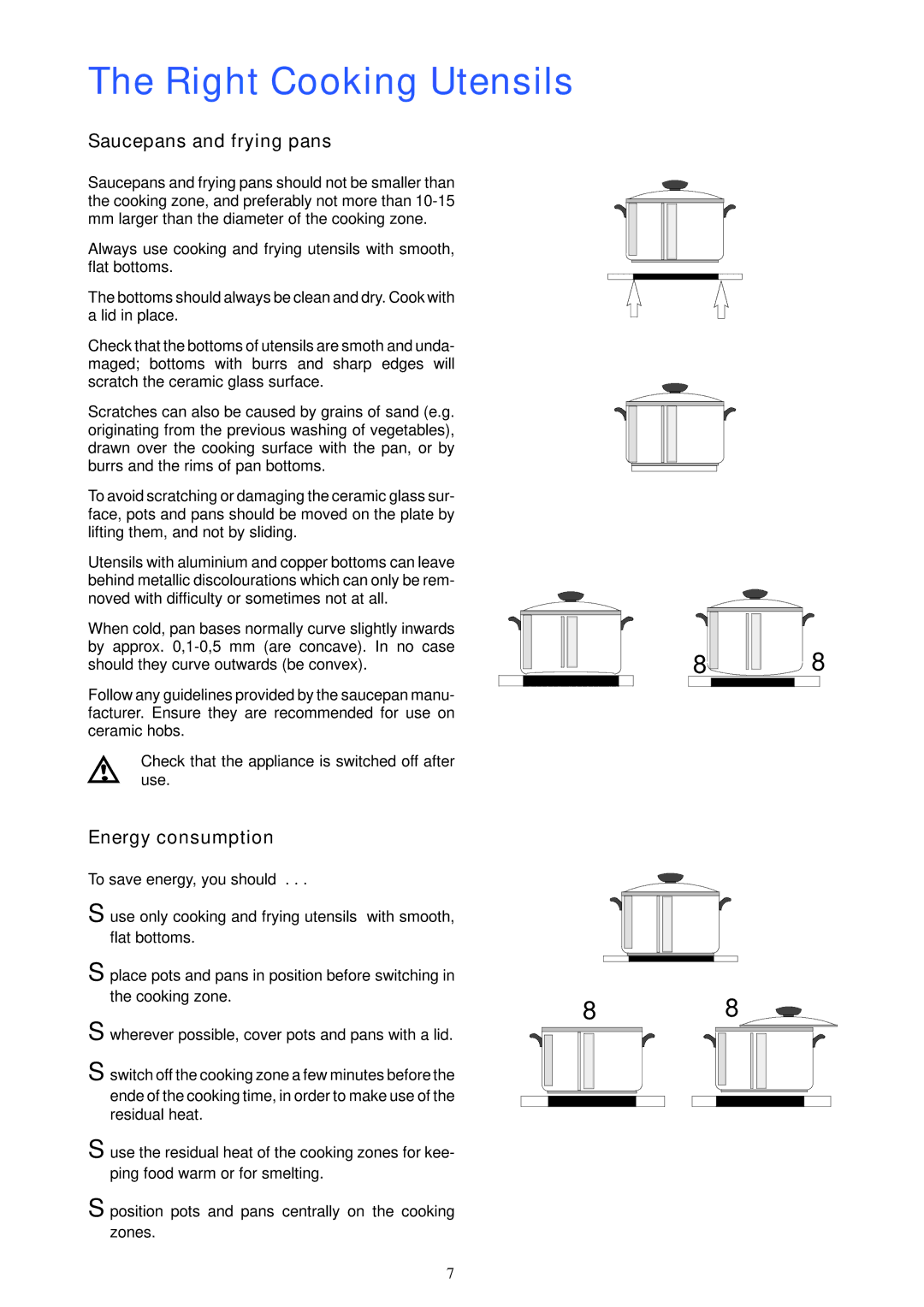U20452 specifications
The Electrolux U20452 is a versatile and efficient vacuum cleaner designed for everyday cleaning tasks around the home. Packed with a range of innovative features, this model excels in delivering powerful suction while maintaining ease of use and convenience.One of the standout features of the U20452 is its advanced cyclonic technology. This technology ensures that dirt and dust are efficiently separated from the airflow, promoting longer-lasting performance and preventing clogging. The vacuum maintains strong suction power even as the dust container fills, making it ideal for households with pets or high foot traffic.
The Electrolux U20452 comes with a generous dust capacity, allowing users to clean large areas without frequent interruptions. Its easy-to-empty dirt container simplifies the cleaning process, ensuring that users can dispose of collected debris quickly and hygienically. The model also includes a washable filter, which not only enhances the vacuum's suction capabilities but also reduces the overall maintenance costs by making it easy to clean and reuse.
For versatility, the U20452 is equipped with a range of attachments designed for different cleaning needs. The brush roll can be adjusted for various floor types, from carpets to hard surfaces, allowing users to seamlessly transition between surfaces without losing cleaning efficiency. Additionally, the vacuum features crevice tools and dusting brushes, making it easy to reach tight spots and delicate areas such as furniture and upholstery.
Another significant feature of the Electrolux U20452 is its lightweight and ergonomic design. Weighing significantly less than many traditional vacuum cleaners, it allows for easy maneuverability and portability. The vacuum's compact size makes it convenient for storage, fitting into small closets or corners without taking up much space.
Finally, the U20452 operates quietly, making it suitable for use in homes with children or pets without causing disruption. The combination of performance, ease of use, and thoughtful design makes the Electrolux U20452 a compelling choice for anyone in search of a reliable and efficient vacuum cleaner. Whether tackling everyday dust or deep-cleaning carpets, this model offers a blend of technology and user-friendly features that promote a cleaner living environment.

